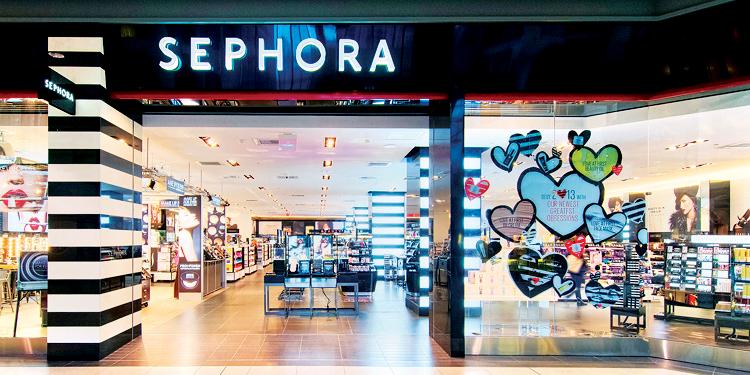"In this current context, you have to acknowledge the foresight of shopping mall developers in the 1980’s who included omni-channel entertainment options for shoppers at Mall of America and West Edmonton Mall."

Brands Out / Brands In
Retail has been forced to evolve a great deal in the past 35 years. As our population grows and becomes more multi-cultural and more urbanized, the pressure to offer diverse and meaningful retail experiences is helping to define our digitally wired culture. Canadian bred retailers used to dominate our malls; Tip Top Tailors, Fairweather, Le Chateau, Reitman’s, Big Steel Man, and Jacob amongst many others. US based or international companies were the exception and not the norm, and cross-border shopping was hugely popular both for the cost savings and for the access to brands that were not available in Canada. This all started slowly changing throughout the 1990’s and accelerated throughout the past decade. Retailers such as Gap and IKEA are all 30 plus year veterans in the Canadian Market, while newer entries like Target and Kate Spade are still working to find their niche with the Canadian consumer. Hot on their heels are global retailers like Saks, Nordstrom, Muji, Uniqlo and many others. Meanwhile, retailers like Zara, who opened their first store in Canada in 1999, are introducing their other brands like Massimo Dutti and Zara Home to our marketplace.
How we Shop
The shopping experience itself is also undergoing a sort of renaissance. Analysts long ago predicted the death of the bricks and mortar shopping destination to be supplanted by online shopping. That analysis failed to account for the social, tactile, and experiential aspect of shopping. Online shopping has made its biggest gains with bargain hunters or consumers seeking products not readily available in the local market. This has resulted in the noticeable decline and some closures of Class C shopping centres in smaller cities. Retailers and landlords alike are pulling out all the stops to make stores and their malls a destination and an experience for consumers. In this current context, you have to acknowledge the foresight of shopping mall developers in the 1980’s who included omni-channel entertainment options for shoppers at malls such as the Mall of America and West Edmonton Mall. These malls are thriving in this market, while others are working hard to raise their profile by renovating and expanding to attract and offer more luxury brands to create a sense of exclusivity. Meanwhile retailers are developing ways to combine the online shopping appeal with the bricks and mortar experience. They are offering more digital tools in their stores like free wifi and internet connected tablets, or large format interactive touch screen devices that permit online shopping and price comparisons in-store while still allowing shoppers to touch and try on apparel. This technology has enabled the retailer to reduce leased areas and costs by offering the same delivery methods as online shopping, thus reducing their stockroom sizes and the amount of product they need on the sales floor.
Retail Real-Estate
The result of all of this is fewer but larger shopping malls. This has the benefit of focusing a higher volume of foot traffic to these regional malls which can benefit the retailer in the form of sales volume. However, with more and more retailers looking to grow in Canada, quality, vacant space is scarce which can result in higher rents. For example, a few years ago Quadrangle started working with a large US retailer that had big plans to enter the Canadian market. They hired architects and engineers, tied up approximately 20 sites in Ontario and began the exercise of pre-design on each location. However, six months later they withdrew all their offers and cancelled their plans to expand into Canada. They inferred that they were unable to negotiate the favourable lease agreements that they desired and expected. The strength of their brand offered no influence to the landlords who had many other interested retailers waiting to lease the space that our client rejected.
Dynamic Sector
What does all of this mean? It means that Canada has a thriving and rewarding retail market that is hungry for global retail brands that are as diverse as our culture. Retailers can easily succeed in Canada provided they don’t enter the market assuming that the demand for their brand gives them the kind of leverage they might have experienced elsewhere. With a population of about 34 million people spread out over six time zones, ten provinces, and a land mass of 10 million square kilometers, with two official languages, the logistics to sell and distribute products to customers has its challenges, but the rewards are worth the effort.